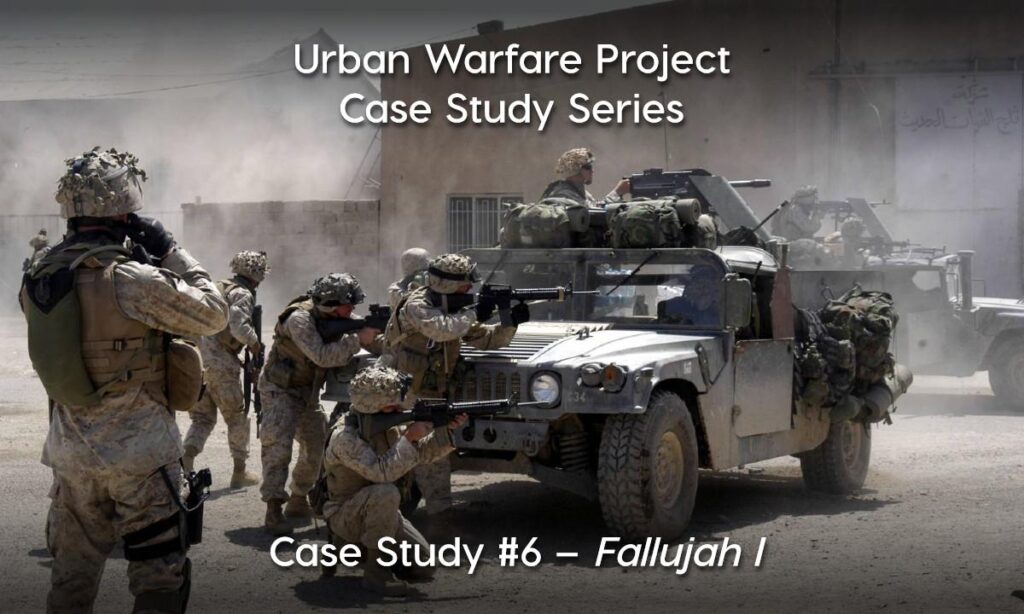Ethical Challenges in Asymmetric Warfare: A Case Study of Insurgency Tactics
Asymmetric warfare, where one side has more power and resources than the other, raises significant ethical dilemmas. This article explores these challenges, focusing on insurgency tactics as a case study.
Insurgency tactics, like guerrilla warfare and terrorism, are used by weaker forces to counterbalance the power difference. However, targeting civilians, government officials, and military personnel raises ethical dilemmas. While insurgents argue it is necessary for their goals, it often harms innocent civilians and violates rules of war.
The use of tactics like suicide bombings also raises questions of proportionality and non-combatant immunity. Additionally, non-combatants, caught in the crossfire, face risks due to collaboration perceptions. International guidelines stress the importance of protecting non-combatants during conflicts.
In conclusion, examining insurgency tactics in asymmetric warfare sheds light on the ethical challenges faced by all involved parties. Understanding these complex moral dilemmas is crucial in navigating the complexities of asymmetric warfare.
Ethical Challenges in Asymmetric Warfare: A Case Study of Insurgency Tactics
Asymmetric warfare, in which one group possesses significantly more power and resources than their adversary, presents a unique set of ethical challenges for both combatants and non-combatants. In this article, we will explore some of the ethical dilemmas that arise in asymmetric warfare, focusing on insurgency tactics as a case study.
The Nature of Asymmetric Warfare
Asymmetric warfare is characterized by an imbalance of power between the opposing forces. In many cases, this power disparity is due to differences in military equipment, training, and resources. Insurgency tactics, such as guerrilla warfare and terrorism, are commonly used by the weaker party to offset this power imbalance and achieve their objectives.
Insurgents often target civilians, government officials, and military personnel in their attacks, leading to significant ethical dilemmas. On one hand, insurgents argue that these tactics are necessary to achieve their goals, such as overthrowing a repressive regime or securing political autonomy. On the other hand, these tactics often result in significant harm to innocent civilians and violate established rules of warfare.
Ethical Challenges in Insurgency Tactics
One of the primary ethical challenges in insurgency tactics is the targeting of civilians. Insurgents often justify their attacks on civilians as a means of putting pressure on the government or gaining support from the local population. However, deliberately targeting non-combatants is a clear violation of international laws and conventions governing the conduct of war.
Another ethical dilemma arises in the use of tactics such as suicide bombings and roadside bombings. These tactics can inflict significant casualties on both military personnel and civilians, leading to questions of proportionality and the principle of non-combatant immunity. Insurgents must weigh the potential benefits of these attacks against the moral costs of causing harm to innocent people.
The Role of Non-Combatants
Non-combatants, including civilians, aid workers, and journalists, often find themselves caught in the crossfire of asymmetric warfare. Insurgents may view these individuals as legitimate targets if they are perceived to be collaborating with the enemy or providing support to the government. This places non-combatants in a precarious position, as they must balance their personal safety with their professional obligations.
In response to these challenges, international organizations such as the Geneva Conventions have established guidelines for the protection of non-combatants in times of conflict. These guidelines emphasize the importance of distinguishing between civilian and military targets, providing medical care to wounded individuals, and ensuring the humane treatment of prisoners of war.
Conclusion
Asymmetric warfare presents a host of ethical challenges for combatants, non-combatants, and policymakers alike. Insurgency tactics, in particular, raise questions about the legitimacy of targeting civilians, the proportionality of violence, and the treatment of non-combatants. By examining these challenges through a case study of insurgency tactics, we can gain a better understanding of the complex moral dilemmas that arise in asymmetric warfare.
